On paper, the Leica TL offers me very little that I need from a camera. In fact, with the context of having one in my possession, I’d go as far as saying that it’s almost completely redundant amongst kit I already own and use. I expected this would be the case too. It’s for this reason, combined with the potentially not insignificant financial outlay, that – despite finding it quite an intriguing bit of kit – I’d have never likely sought to buy one of these cameras. Yet, when I was offered one in part exchange through the shop, I couldn’t help myself. The intrigue got the better of me so I decided to do the deal and that I would give it a go before I sold it on.
What’s actually happened is that I’ve decided to keep it. As, despite the fact that the Leica TL brings little to the party in terms of its image making ability within my collection of cameras, I’ve found that I just can’t help a certain attraction to it. I’ve hit upon pretty much all of its limitations as both a camera, and in some ways a camera system. But despite this, I’ve found a way to shoot with it that’s been both enjoyable and really quite compelling to me.
Contradictory rationalisations
I’ve had the Leica TL in my possession for a good month or so now, and in that time I’ve spent quite a lot of mental energy trying to rationalise it as a camera. I’ve found myself liking it as a thing enough to try and dream up as many ways as possible that it could offer me something genuinely useful. The more I’ve done this though, and the more practical I have attempted to make it for my purposes, the less I’ve enjoyed it and the the more I’ve felt it to be superfluous to me. Conversely, the least practical and useful way in which I’ve used it, is also the way I’ve enjoyed using it the most.
Ironically, the Leica TL is actually quite well designed for people with my sensibilities. I like cameras to have few functions, and to work in a simple way that specifies a type and direction of function. Too many cameras these days try to be everything to everyone – even the ones that clearly aren’t. Simplistic and fairly prescribed function is exactly what the Leica TL offers as a complete package. The problem is, I haven’t found myself able to justify the complete package. The value of the autofocus lenses Leica produce for this system is so prohibitively high to me, that I just can’t make sense of owning one – and that’s despite getting a pretty good deal on one. More on that in a mo…
When I first got the Leica TL, I knew that the cost of the lenses was going to be an issue for me and this system. The camera only cost my business a few hundred quid as part of a part-ex deal, but if I wanted an autofocus lens for it, I was looking at just short of £1000. As such, I decided to kick off my experiences with it by just buying a Leica M-Mount adapter for it. With a desire to keep the package small, I then mounted my Voigtlander 28mm f/3.5 to the front of it.
The solid feels
The first chunk of appreciation I found for this camera was in how it then felt in the hand. The svelte body of the Leica TL is cut out of a solid billet of aluminium. The result of this is a camera that feels very solid in the hand. It’s fair to say that it does feel a little slippy, and it’s certainly cold to handle when the weather is chilly out, but the smooth anodised aluminium with its sharp edges is hard not to have some appreciation for in the world of bland plastic and rubber clad cameras that most of the other brands churn out. Mounting the brass-bodied Voigtlander lens to it kept the size of the Leica TL right down, but also added to the solid metal feel as well as providing a really nice balance in the hand.
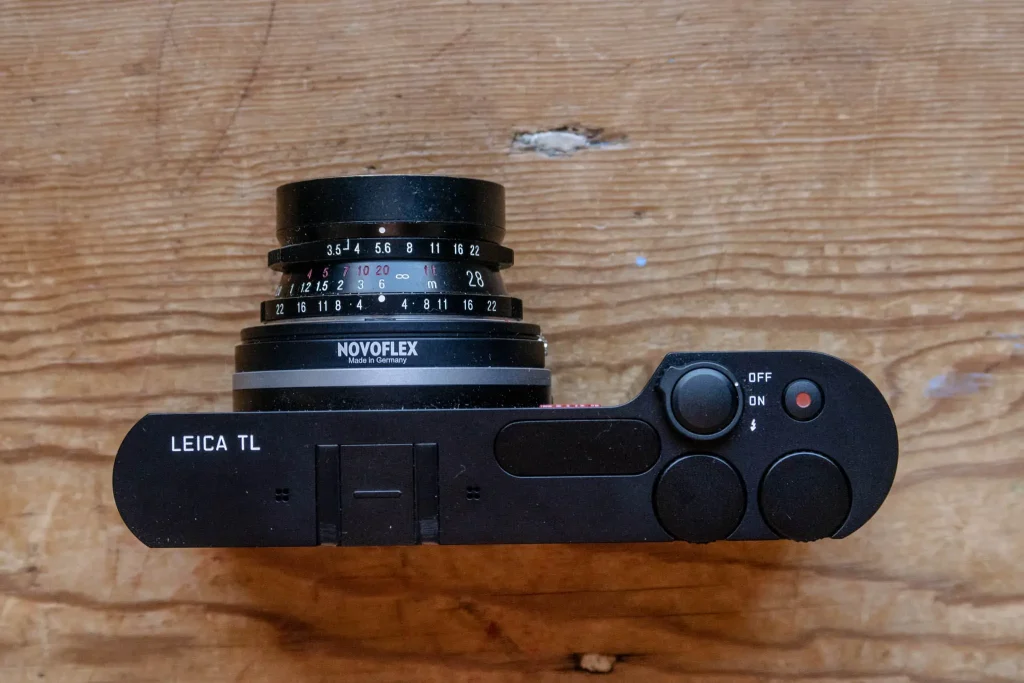
The simple UI
The user interface presented itself as being right up my street too. Based on the original Leica T, the Leica TL was designed to have as simple an interface as possible. It has a touch screen interface for most of the setting of functions and features. It then just has a shutter button – surrounded by and on/off/flash switch – a video button, and two unlabelled dials set into the top back edge of the camera. The two dial can be set to a fairly limited number of different features depending on the mode the camera is in.
The touch screen – which has an unusual matte finish – allows access to a basic, and a more in-depth menu. Both menus are laid out as tiles that are tapped to access the features within them. The basic menu is configurable to only contain the few menu items the photographer requires quickly. The more in-depth menu contains the rest of the cameras features, though it’s fair to say that by the standards of most modern digital cameras, it offers quite a sparse set of features.
This odd set of controls and the unusual user interface are definitely part of what attracts me to the Leica TL. Not just for how unusual, and dare I say, unique they are, but for how specific they make the camera’s function feel. It all felt quite limited, something that initially really appealed to me.
UI hurdles
As it turned out, the interface was to be so limited it was to present me with a few little hurdles to me finding comfort with it. For a start, as an autofocus camera that has some reliance on a camera-to-lens interface, once I mounted the dumb adapter and Voigtlander lens, I found the camera didn’t give me the set of features I might have expected.
To begin with, I really couldn’t get my head around how to even make the interface work for me. As it turns out (I read the manual) with a Leica-brand lens mount adapter, it communicates to the camera that you’re not using an electronically controlled lens and prevents you from using the camera in either shutter priority or program AE modes. My third-party adapter doesn’t do this, so it took me a little while to get my head around the fact that the manual and aperture priority modes were all that would work correctly. In program AE and shutter priority, it was giving me all sorts of issues – but I suppose that’s to be expected when the camera isn’t designed to work in these modes with manual lenses anyway.
Once I got my head around this, I still had to come to terms with the fact that in aperture priority mode, only one of the two unlabelled dials could be customised, and in manual neither of them could. Ideally, I felt I’d like to set the camera on aperture priority so the camera would automatically set the shutter speed and I would set the aperture manually on the lens. This worked, of course, but alongside this I then wanted to have direct control over ISO and exposure compensation with the two dials.
But no, unfortunately, the level of customisation on the Leica TL doesn’t allow for this. In aperture priority, one dial is fixed to aperture adjustment – something that obviously can’t be done with a lens that has a manual, mechanical aperture control. This left the other dial to either be set to control the ISO or exposure compensation, each giving a slightly different level of automated approach to function.
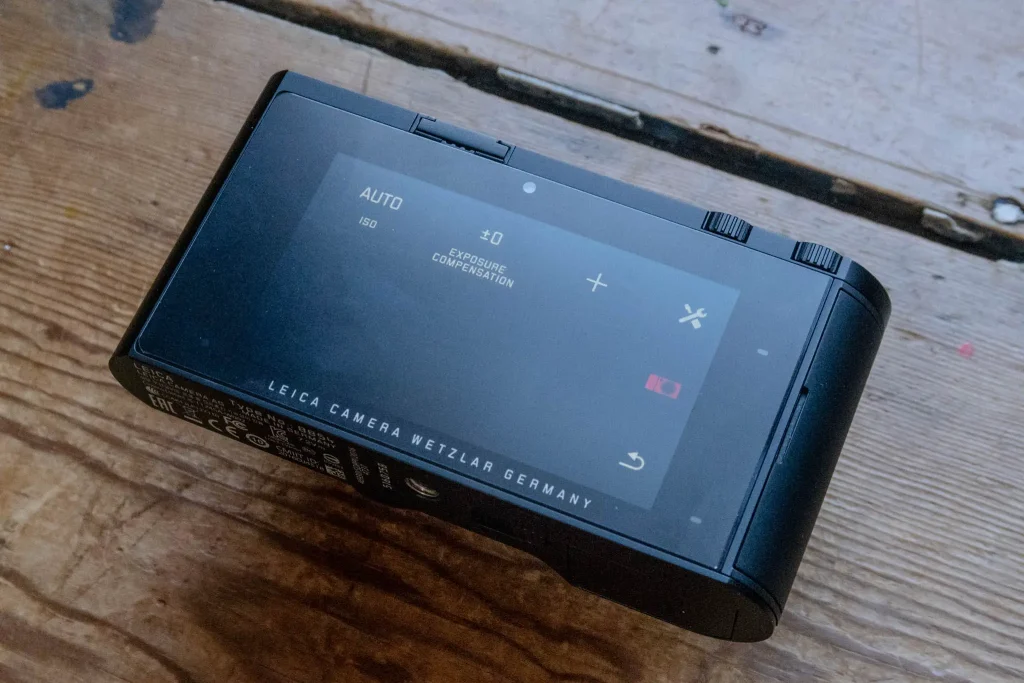
The result of this was what to start with felt like a fairly hobbled camera. I then started shooting with it, alternating between having the one customisable dial set to control ISO or exposure compensation. After a little while – at least once I came to terms with the other big limitation this camera imposed on manual-lens shooting – I found that setting the ISO to auto and using the other dial for exposure compensation worked the best for me. In fact I started to quite enjoy the way it worked.
Focus complications
The other big limitation of the Leica TL with manual focus lenses is that the only manual focus aid is via zooming in on the screen. I don’t really like zooming to manual focus, I find it a little clunky and slow. My preference with mirrorless is for focus peaking – a feature the Leica TL just doesn’t have.
Reading around online I found a review where someone described using the add on Visoflex 020 viewfinder as giving them a good enough feedback to focus without the need for peaking or even zooming. I don’t have one of those (yet) so all I had was the screen on the back and the zone focus markings on the lens. I’m very comfortable using zone focus markings, so I figured at least for the time being I would just shoot the Leica TL camera as a zone focus point & shoot digital.
Finding joy
And this was where I found a bit of love for the Leica TL. The big screen on the back works quite nicely in daylight for framing. It’s also quite uncluttered with only a few of the modes being displayed on screen when framing. With the one dial set to exposure compensation and the ISO and shutter speed being automatically set, I could comfortably shoot away with the familiar-to-me Voigtlander 28mm lens.
Of course, since the Leica TL is a aps-c cropped sensor, the 28mm became an almost perfectly normal lens. Yet because it’s a 28mm lens, it also has a lot more depth of field at given apertures compared to a 45mm lens on a full frame camera. This allowed for some very easy, zone focus snapping where all I was thinking about was exposure via the screen and compensation dial, and the focus and chosen aperture.
All the limitations the camera had imposed on me – that had initially first felt like hurdles – had fallen into place to provide me with a wonderfully simple and uncluttered user experience. Not only this, but it was all wrapped up in a package that felt really solid and really nice to handle.
That said, despite this, I couldn’t help wondering what an autofocus lens could bring to the party…
Trying the AF route
I soon warmed up the credit card for a Leica 23mm f/2 Summicron – actually off the same guy who’s sold me the camera in the first place. Mounting this fairly small and quite clearly impressive lens opened up all of the features of the camera. All of a sudden the interface made more sense. It had tap-to-autofocus via the touch screen. The dials both worked to control the camera and lens, and the way the interface functioned just made more sense. In fact, I found the interface to be wonderfully intuitive. Maybe I could make this camera work for me as an autofocus digital – maybe for family snaps… or something…?
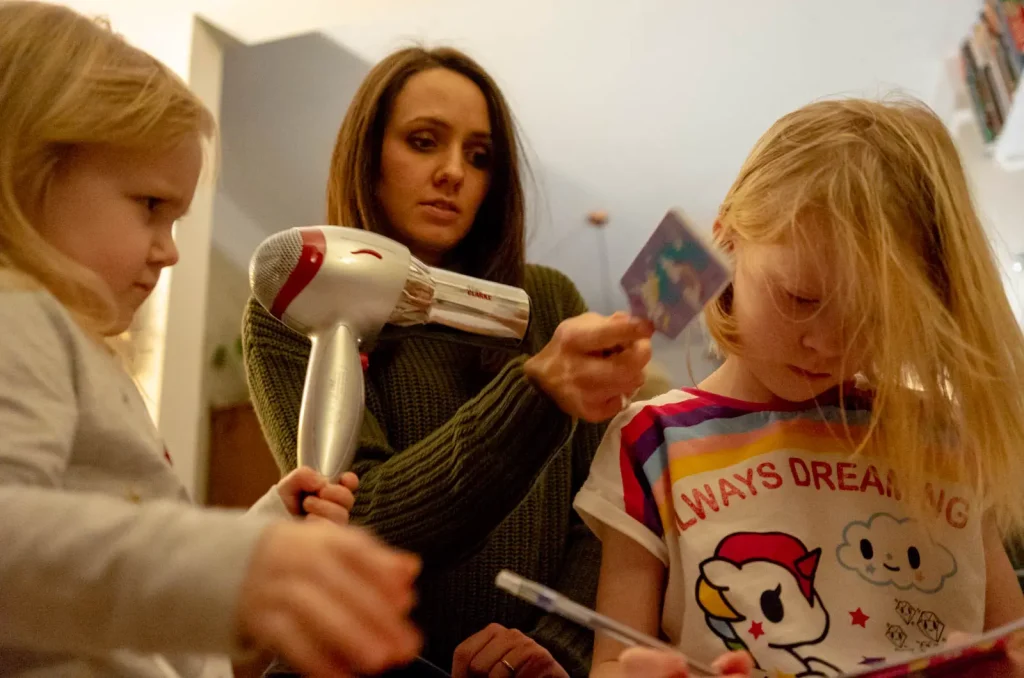
I gave it a quick go and got quite bored, quite quickly. Yes I had an appreciation for the simple user interface, and get some nice snaps of the kids, but given the broader spectrum of potential usage, I just found myself disinterested in shooting it. The autofocus was ok, but not that great by the standards of what I’m used to, and whilst the Summicron lens was clearly very high quality, I just found it a little uninspiring – especially once it twigged that it was the most valuable lens I owned…
I tried to shoot it the way I’d done with the Voigtlander lens, and just found the process less interesting. Something about relying on autofocus and having to set the aperture via the interface made it just feel quite a bit more run-of-the-mill.
Returning to the manual focus experience
The result of this was that the Leica TL and its more expensive lens went back on the shelf, and sat there whilst I thought about what I wanted to do with it. After a few weeks I realised I had about £1000 worth of lens sat on the shelf that I wasn’t even interested in shooting. So I boxed up the lens and sold it again – actually for a little more than I paid for it.
At this point I realised that I could buy Leica TL off the business for next to nothing. With the little bit of money I’d made on the lens, I could have this camera for this manual aperture, zone focus snapping I’d enjoyed for next to nothing. So that’s what I did – I brought it back from the office, remounted the Voigtlander lens and took it out again. Once again, I found myself really enjoying this very limited and simplistic approach to shooting this little digital camera offered when set up in the way I’d previously found to work for me.
Photos
I appreciate these photos aren’t life changing – but they are the beginning of a project I have been thinking about for a while, somewhat inspired by the work of Ashley Carr. This camera/lens is basically perfect for my purposes.
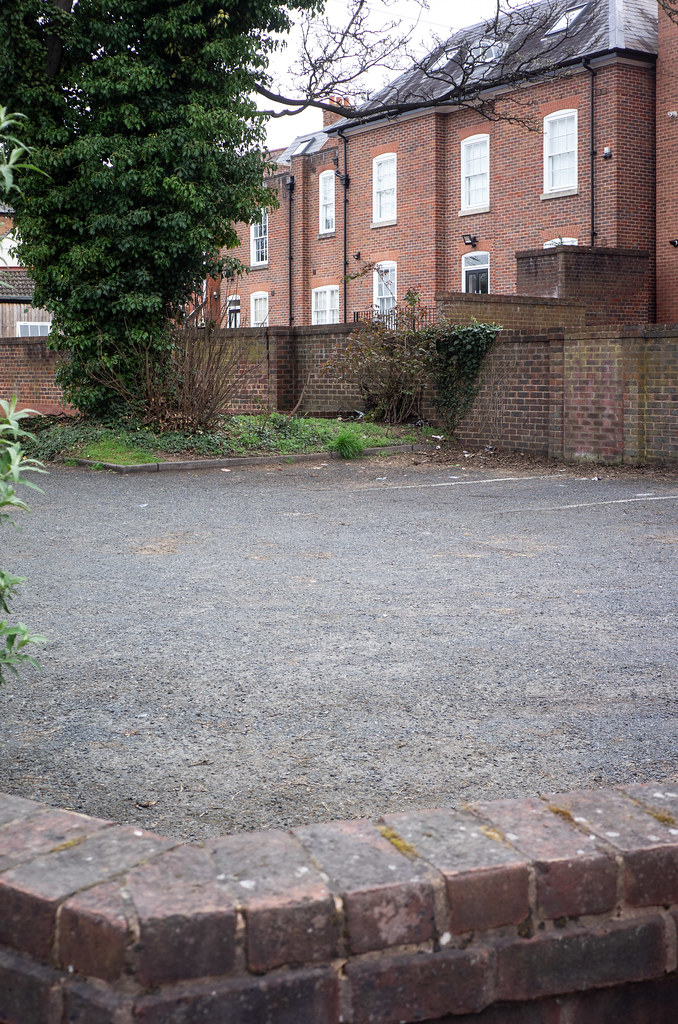
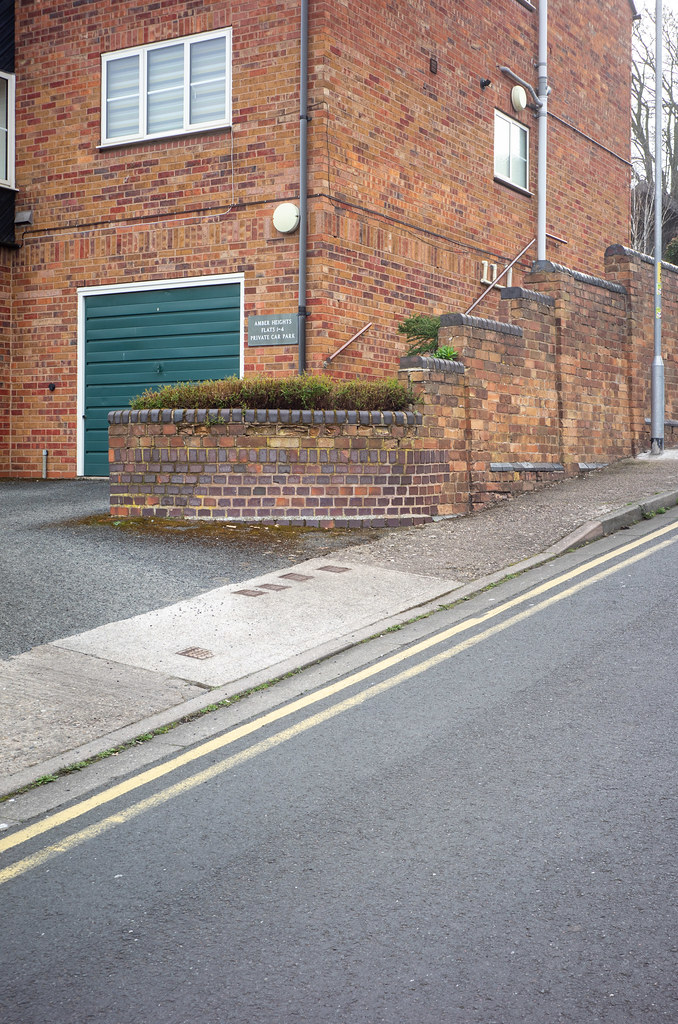
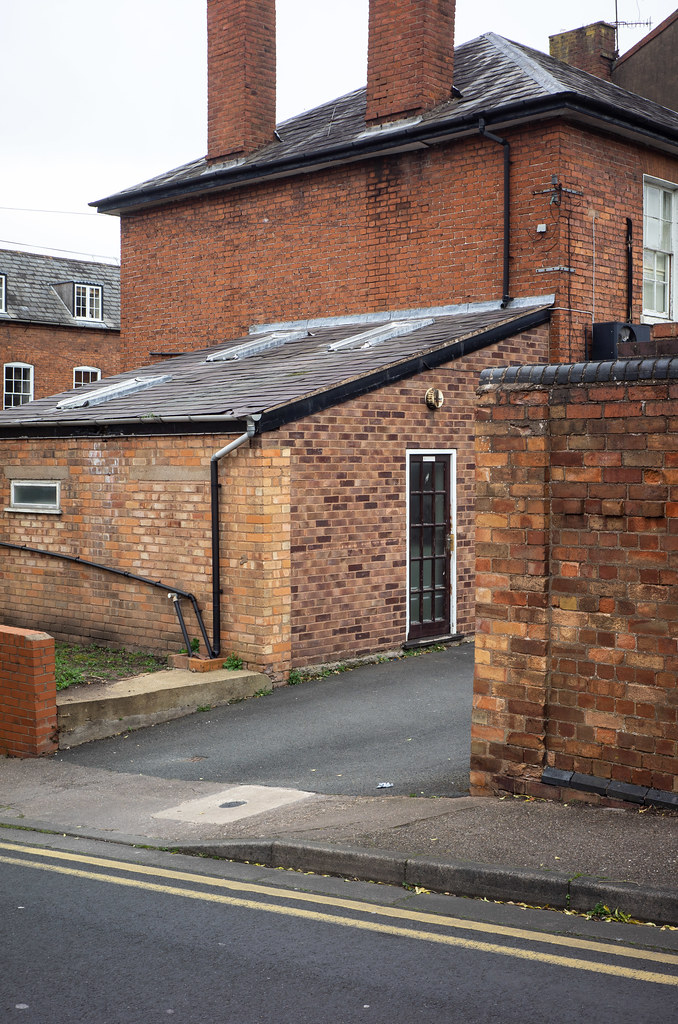
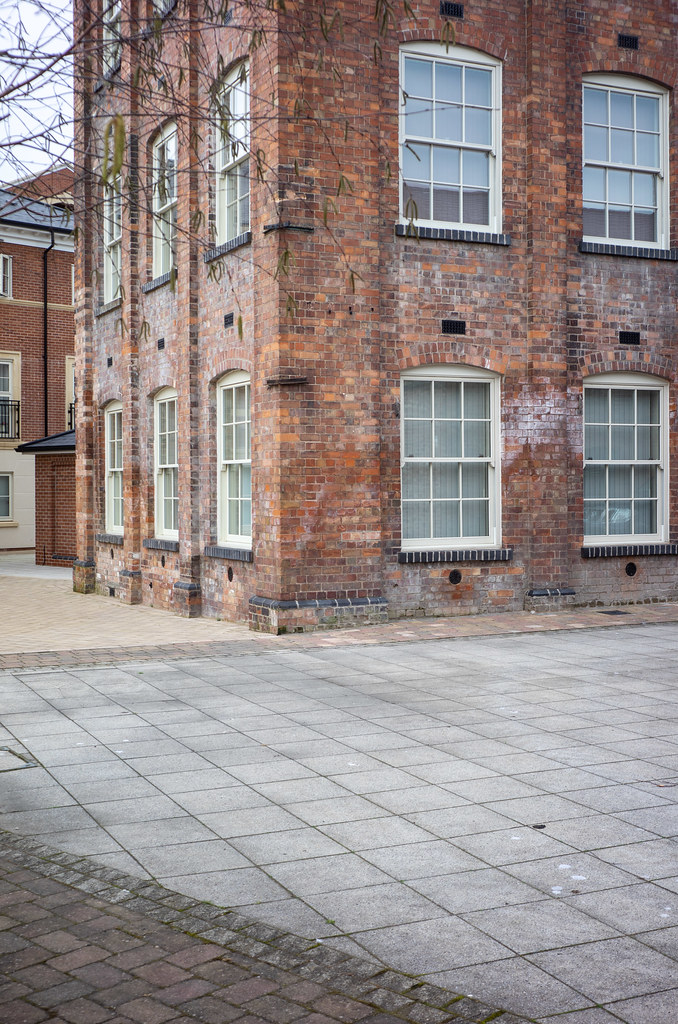
Skip to the end
I think it’s fairly safe to say that I’m not using the Leica TL to its full potential. The funny thing is, when I did, I found it less interesting shoot. The Leica TL is, without doubt, one of the most uniquely designed cameras I have ever used, and in the context of today’s cameras offers something of a break from the normal excessively button-clad feature-stacked cameras from the majority of the rest of the brands. Actually, I think the main problem for me is that I just can’t justify the expensive autofocus lenses. I don’t have enough requirement for an autofocus mirrorless camera like this to sink thousands of pounds on lenses – and when shooting it with the expensive lens attached, that inability to justify it got in the way of the enjoyment.
Because of this, where I’ve personally found appeal in the system is stripping the Leica TL back to something even more simple than it was even designed to be. Thanks to the clutter-free interface, I’ve found a way to work this unique little camera in a way that really suits me for a very specific purpose. I switch it on, set the lens, maybe set the exposure compensation if it’s required, and take a photo. I’ve not even bothered with the playback/review mode as for the sorts of shots I’m taking, there is nothing to check. I know it will be in focus, and I know the framing as I’ve seen it moments before.
I must admit, I wonder if any of this would feel quite as justifiable if I’d paid the £4-600 these cameras currently go for…? But thanks to the way I acquired it, and the little bit of cash I made buying and selling the Summicron, it hardly owes me anything, so it feels ok to have it for such a limited usage case.
But actually, aside from the finances of it all, this combination of low cost and ultra-simplistic stripped back function that’s only really suitable for one type of photography has left me with what feels like a quite compelling camera. When I pick it up, I know it’s function is very limited, but as is often the case with me and my cameras, that’s exactly where I find the appeal! In fact, funnily enough, going out shooting it comes from a similar place mentally to going out shooting another stopped back camera I enjoy: my Leica Standard.
I don’t expect for one minute that everyone would get the same kicks out of this camera/lens combo as I do – it’s a pretty niche usage case, and arguably one that a good few other cameras could offer – at least if you don’t mind wrangling a more complex user interface… Sometimes though, the pieces of the puzzle just seem to fit together in a way that feels right, and that’s exactly what’s happened for me and the Leica TL and Voigtlander 28mm f/3.5!
Share this post:









Comments
Mani on Leica TL Review – finding joy in very limited function and purpose
Comment posted: 25/03/2019
The zoom-focusing is fast and efficient, the camera and lens balance each other perfectly, and the minimal interface is at the same time both futuristic and film-like in its simplicity.
I don’t chimp, and I don’t accidentally set the camera to some crazy menu-driven exposure-setting that’s impossible to undo, as I always tended to do with other digital cameras.
A perfectly-formed gem.
Comment posted: 25/03/2019
Comment posted: 25/03/2019
Comment posted: 25/03/2019
Comment posted: 25/03/2019
Comment posted: 25/03/2019
George Appletree on Leica TL Review – finding joy in very limited function and purpose
Comment posted: 25/03/2019
Perhaps you can confirm that.
Thanks
Comment posted: 25/03/2019
Comment posted: 25/03/2019
Comment posted: 25/03/2019
Ed Hawe on Leica TL Review – finding joy in very limited function and purpose
Comment posted: 26/03/2019
Comment posted: 26/03/2019
Ashley Carr on Leica TL Review – finding joy in very limited function and purpose
Comment posted: 26/03/2019
And thanks for the mention. I wondered why there was an usual flurry on my IG account!!
Comment posted: 26/03/2019
BC on Leica TL Review – finding joy in very limited function and purpose
Comment posted: 16/04/2019
Comment posted: 16/04/2019
Shooting With A Vintage Canon 50mm F1.8 LTM on A Leica T - by Ed Lara - 35mmc on Leica TL Review – finding joy in very limited function and purpose
Comment posted: 11/01/2020
Leica M10-P Review - A Brilliantly Underwhelming Digital Rangefinder on Leica TL Review – finding joy in very limited function and purpose
Comment posted: 06/07/2020